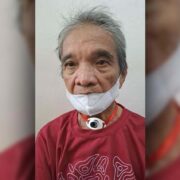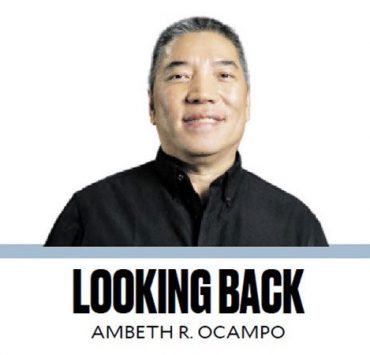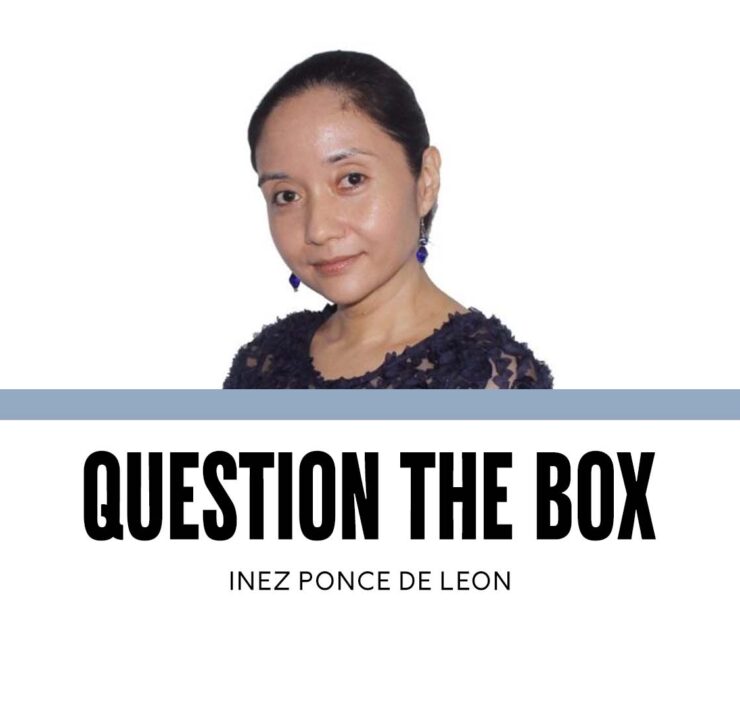Sound mind, sound body, sound proposals

Last week, I watched and graded the final exams of my belly dance classes, which I’ve been teaching as part of Ateneo’s Physical Education (PE) program since 2012.
At the end of every semester, my students are required to choreograph and dance their own pieces. Some go into groups; others either very brave or too busy to meet with their classmates, opt to dance solo.
This semester’s finals comprised two hours of spirit and fire: elegance for some, exuberance for others, joy for all—and it’s been this way for years.
It was completely unlike the start of the semester when my students dreaded performing. On their final class day, they cheered for each other, as is the custom of any belly dance show, abandoned their misgivings, and simply danced.
PE is required for Ateneo college students until their sophomore year, and my course is one of many. Ignatian pedagogy, after all, advocates mens sana in corpore sano: a sound mind in a sound body.
Over the years, my dance students would come back to the class to let go of stress or to relearn the old moves so that I could (very quickly) teach them new ones. I would sometimes find my back row populated by sleepy juniors or dazed seniors, reliving their first few years of college, when PE forcibly tore them away from the distractions of their phones and the intellectual outpouring of their academics.
They had not realized the value of PE until it was wrenched from their class lineup.
Even I need PE to support my work at the Department of Communication. Dancing isn’t just for recharging; it’s to organize my mind so that I can do research and still have energy for lectures and discussions afterward.
However, a recent proposal by a lawmaker during a meeting of the committee on basic education seems blind to a reality I’ve seen repeated across other PE classes for years.
He questioned the grounds for teaching PE in college: it was already offered in basic education, and, in his experience under the US educational system, PE wasn’t required for all college students. He believed that college should foster learning and research focused exclusively on a student’s specialization.
Ateneo’s PE program has a statement ready: it reiterates the constitutional mandate that protects PE as a required college subject and presents research on PE’s benefits for the rigors of university life and beyond.
Research does show that better physical health means better stress coping and recovery from illness and injury. Regular physical activity also makes students better learners: they have faster cognition and know how to take criticism and multiple tasks without being overwhelmed. Those who attend higher institutions with PE requirements also tend to be healthier in the long term.
As reflected in the lawmaker’s sentiments, some US colleges may have removed PE because they believe that basic education PE classes are sufficient. However, research from Oregon State University, published in 2022, shows that pre-college students do not meet the physical activity guidelines of the US—and that the amount of physical activity for this group is dropping with age.
That same research actually sounds the alarm on the declining number of US colleges that require PE. Taking out PE, given the rich body of research on its benefits, is actually counterintuitive.
So why would another country’s trends automatically be our gold standard for education? And why should we follow a country whose problems in physical and mental health, short attention spans, and low tolerance for critical thinking might be traced, in part or in full, to decreased engagement in physical activity?
Our healthcare system is stretched thin, and we need people to take the initiative instead of relying on doctors and pills to buttress their immune systems. We need students to shape up for a world that demands critical thinking and strong bodily resistance in the face of the constant bombardment of fake news and real aggression.
We need fewer keyboard warriors and more voices that are willing to speak up against injustice, to march in the real world without getting sick.
Next semester, I will offer belly dance, this time as a class whose grade will be part of the students’ graduating average. I will continue to teach the students to build their dance vocabulary through an understanding of the power of their muscles, with lessons that span stage presence and posture, musicality, and history.
I teach the class not only because it forces students to move. Like our other PE offerings in the department, my classes teach lessons that students can take with them long after they’ve left the dance studio: we must know our bodies intimately and, in that engendered love, seek ways to keep ourselves healthy. Learning is never exclusively the domain of the brain, but is spurred by a healthy body contributing to the effort.
Investing in one’s health is always money and time well spent, and it requires more than a few lessons to become a habit for a lifetime.


















